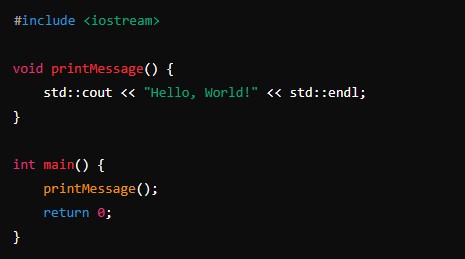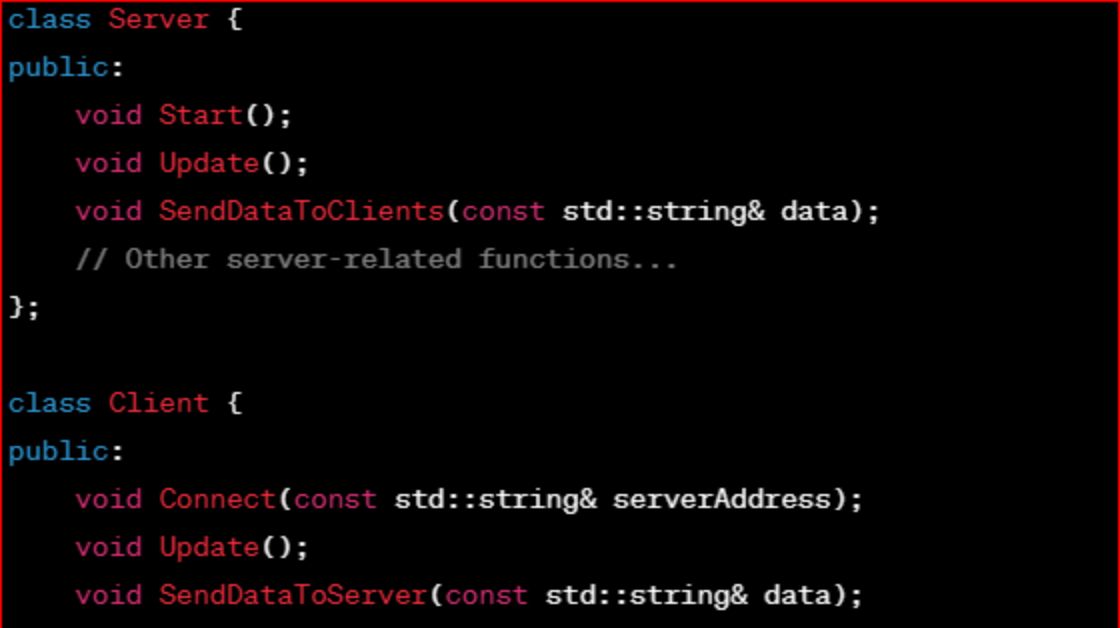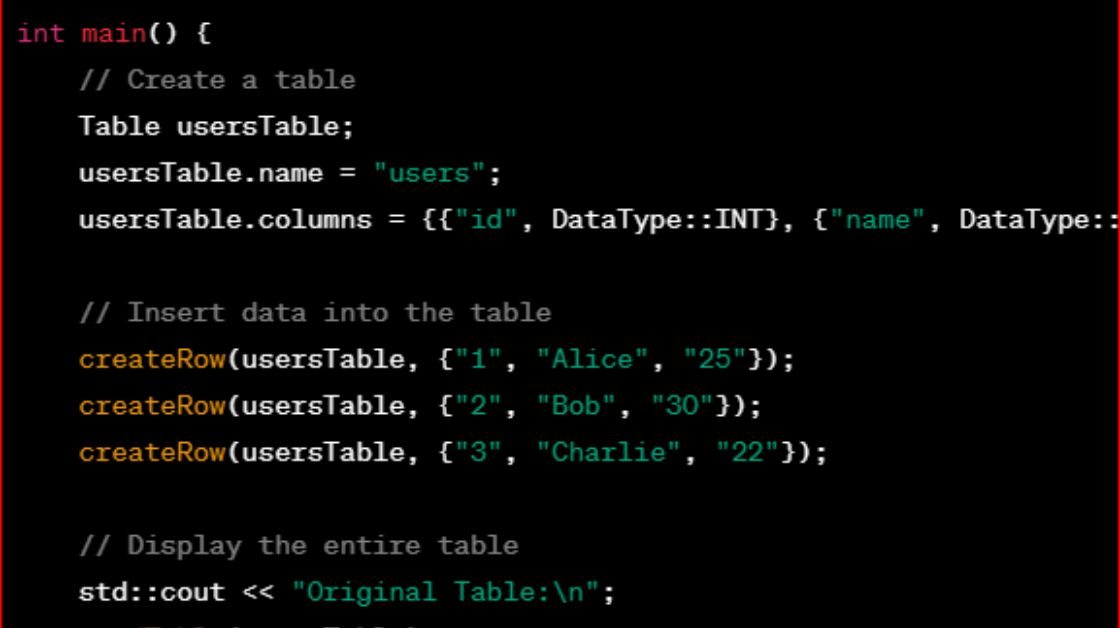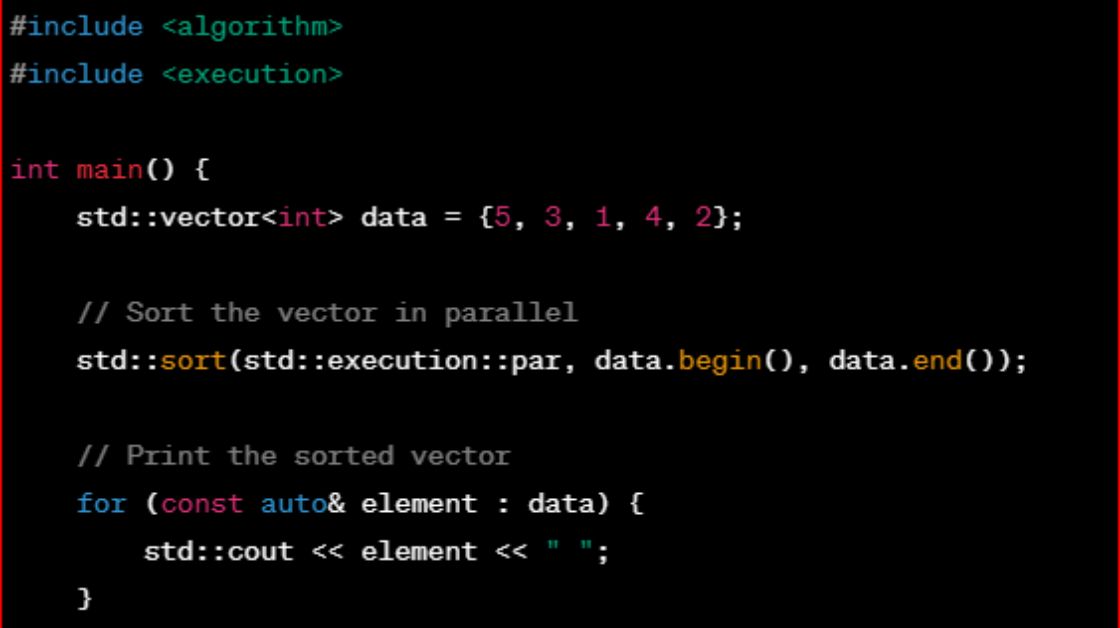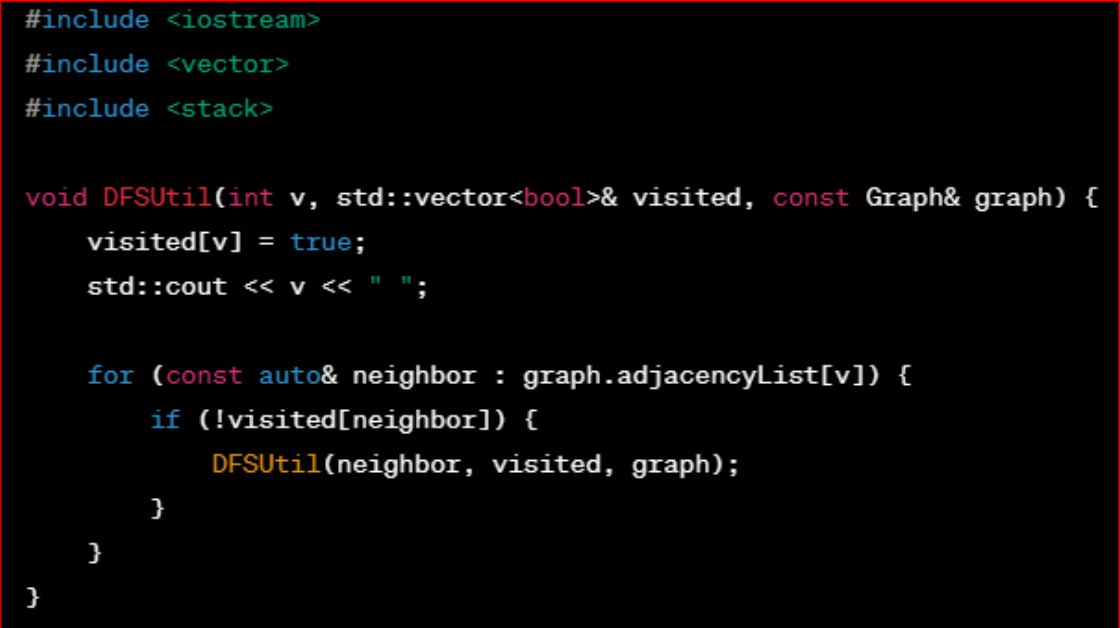Introduction
“Hello World” is the simplest program that a new programmer writes when learning a new language. It serves as an introduction to the syntax and structure of the programming language. In C++, a language known for its performance, flexibility, and complexity, writing a “Hello World” program is the first step in understanding the basics. This article will take you through the process of writing, compiling, and running a “Hello World” program in C++, while also introducing some foundational concepts of the language.
Implementing a Chat Application: A Comprehensive Guide
Why Learn C++?
C++ is a powerful, high-performance programming language that is widely used in software development, game development, real-time systems, and more. It offers both high-level and low-level programming capabilities, which means you can write code that is close to the hardware for performance-critical applications, or you can use higher-level abstractions for more complex tasks.
Key Features of C++
- Performance: C++ is known for its high performance and is often used in applications where speed and efficiency are crucial.
- Object-Oriented Programming (OOP): C++ supports OOP, which allows for better organization and management of code.
- Standard Template Library (STL): The STL provides a collection of template classes and functions, making it easier to handle data structures and algorithms.
- Portability: C++ code can be compiled on various platforms with minimal changes.
Setting Up the Environment
Before writing our first “Hello World” program, we need to set up the development environment. This involves installing a C++ compiler and an Integrated Development Environment (IDE) if desired.
Installing a C++ Compiler
The most popular C++ compilers are:
- GCC (GNU Compiler Collection): Available on Unix-like systems and can be installed on Windows via MinGW or Cygwin.
- Clang: Known for its fast compilation times and helpful error messages.
- MSVC (Microsoft Visual C++): Comes with Visual Studio and is the primary compiler for Windows development.
Installing GCC on Windows
- Download MinGW from MinGW-w64.
- Run the installer and select the required options.
- Add MinGW to your system path:
- Go to Control Panel -> System -> Advanced system settings.
- Click on Environment Variables, find Path in the System variables section, and click Edit.
- Add the path to the MinGW bin directory.
Installing GCC on Mac
- Open Terminal.
- Install Xcode command line tools by running:
xcode-select --installInstalling GCC on Linux
- Open Terminal.
- Install GCC by running:
sudo apt-get install build-essentialChoosing an IDE
While you can write C++ code in any text editor, an IDE can make the process more efficient by providing features like syntax highlighting, code completion, and debugging tools. Some popular IDEs for C++ development are:
- Visual Studio: Feature-rich IDE primarily for Windows.
- Code::Blocks: A free, open-source IDE that supports multiple compilers.
- CLion: A cross-platform IDE by JetBrains.
- Eclipse CDT: An extension of Eclipse for C/C++ development.
For this article, we’ll use a text editor and GCC to keep things simple and focus on the core concepts.
Writing the “Hello World” Program
Now that the environment is set up, let’s write the “Hello World” program. This program will display the text “Hello, World!” on the screen.
The Code
Here is the complete code for our “Hello World” program in C++:
#include <iostream>
int main() {
std::cout << "Hello, World!" << std::endl;
return 0;
}Breakdown of the Code
- #include : This is a preprocessor directive that tells the compiler to include the standard input-output stream library. This library is necessary for using
std::cout. - int main(): This line defines the main function, which is the entry point of a C++ program. Every C++ program must have a main function.
- std::cout << “Hello, World!” << std::endl;: This line prints the text “Hello, World!” to the screen.
std::coutis an object of the output stream, and<<is the stream insertion operator.std::endlis used to insert a newline character and flush the stream. - return 0;: This line terminates the main function and returns the value 0 to the operating system. In C++, returning 0 from the main function indicates that the program executed successfully.
Compiling and Running the Program
To see the output of the program, we need to compile the source code into an executable file and then run it.
Compiling the Program
- Open your terminal or command prompt.
- Navigate to the directory where your source code file (e.g.,
hello.cpp) is located. - Compile the code using GCC:
g++ hello.cpp -o helloRunning the Program
After compiling, run the executable:
- In the terminal or command prompt, type:
./helloThis command runs the program and you should see the output:
Hello, World!Understanding the Output
When you run the program, the message “Hello, World!” is displayed on the screen. This output is the result of the std::cout statement in the main function. The std::cout object represents the standard output stream, and the << operator is used to send the string “Hello, World!” to this stream. The std::endl manipulator is used to add a newline character and flush the stream, ensuring that the output is displayed immediately.
Exploring Further
Adding Comments
Comments are an essential part of any program as they help explain what the code does, making it easier for others (and yourself) to understand it later. In C++, comments can be single-line or multi-line.
- Single-line comments: Start with
//and continue until the end of the line.
// This is a single-line comment
std::cout << "Hello, World!" << std::endl;- Multi-line comments: Start with
/*and end with*/.
/* This is a
multi-line comment */
std::cout << "Hello, World!" << std::endl;Understanding Namespaces
Namespaces are used to organize code into logical groups and to prevent name collisions. The std namespace is the standard namespace that includes features of the C++ Standard Library. By prefixing cout with std::, we specify that we are using the cout object from the std namespace.
To avoid repeatedly writing std::, you can use the using directive:
#include <iostream>
using namespace std;
int main() {
cout << "Hello, World!" << endl;
return 0;
}While this makes the code cleaner, it can lead to naming conflicts in larger programs, so it’s generally better to use the fully qualified names or specific using declarations.
Error Handling
When writing programs, handling errors gracefully is important. While our “Hello World” program is simple and doesn’t have much scope for error, more complex programs require robust error handling mechanisms. In C++, this can be done using exceptions.
#include <iostream>
#include <stdexcept>
int main() {
try {
std::cout << "Hello, World!" << std::endl;
// Example of throwing an exception
throw std::runtime_error("Example exception");
} catch (const std::exception& e) {
std::cerr << "An error occurred: " << e.what() << std::endl;
}
return 0;
}In this example, the program throws a runtime error, which is caught by the catch block. The error message is then displayed using std::cerr, which represents the standard error stream.
Using Functions
As programs grow larger, it’s helpful to break them into smaller, reusable pieces called functions. Here’s an example of how to use a function to print “Hello, World!”:
#include <iostream>
void printMessage() {
std::cout << "Hello, World!" << std::endl;
}
int main() {
printMessage();
return 0;
}In this code, the printMessage function encapsulates the code that prints the message. This makes the main function simpler and the code more modular.
Conclusion
Writing a “Hello World” program in C++ is a great way to start learning the language. This simple program introduces you to the basic structure of a C++ program, including headers, the main function, output streams, and return values. By setting up your development environment, writing, compiling, and running your first program, you take the first steps in your journey to mastering C++.
As you progress, you’ll learn more about the rich features of C++, such as object-oriented programming, templates, and the Standard Template Library (STL). The concepts introduced here will form the foundation for your further studies and development projects in C++. Happy coding!
